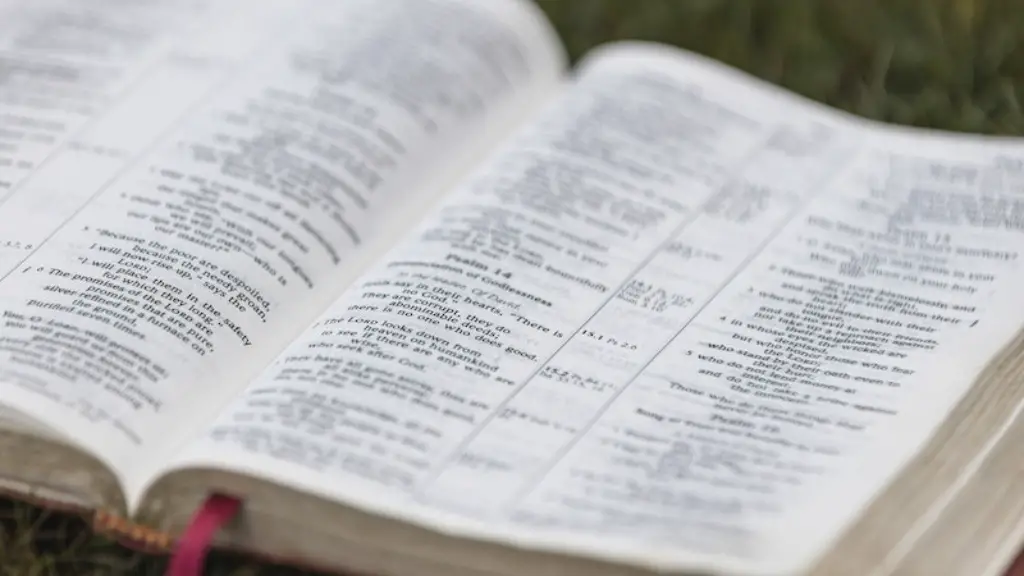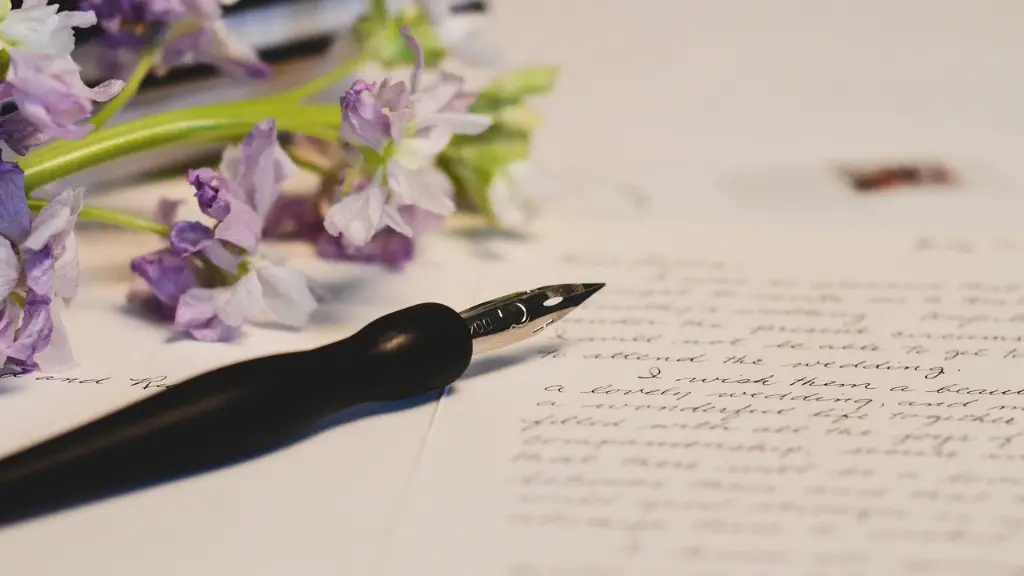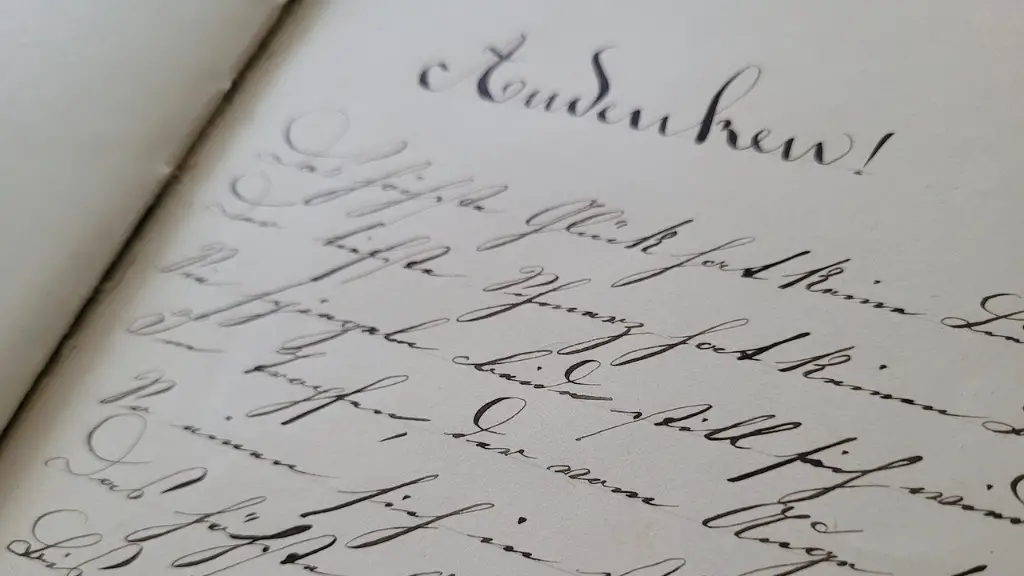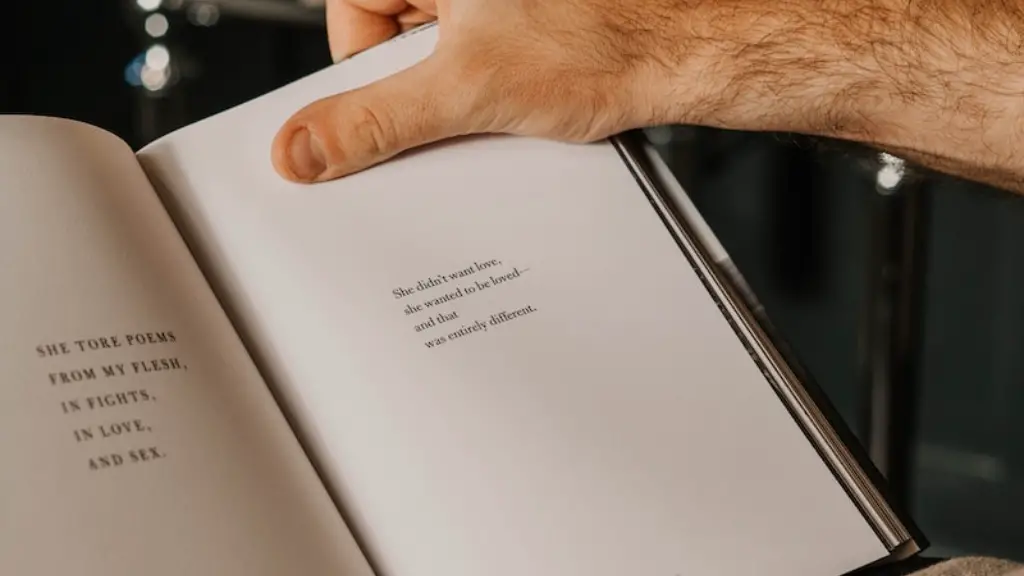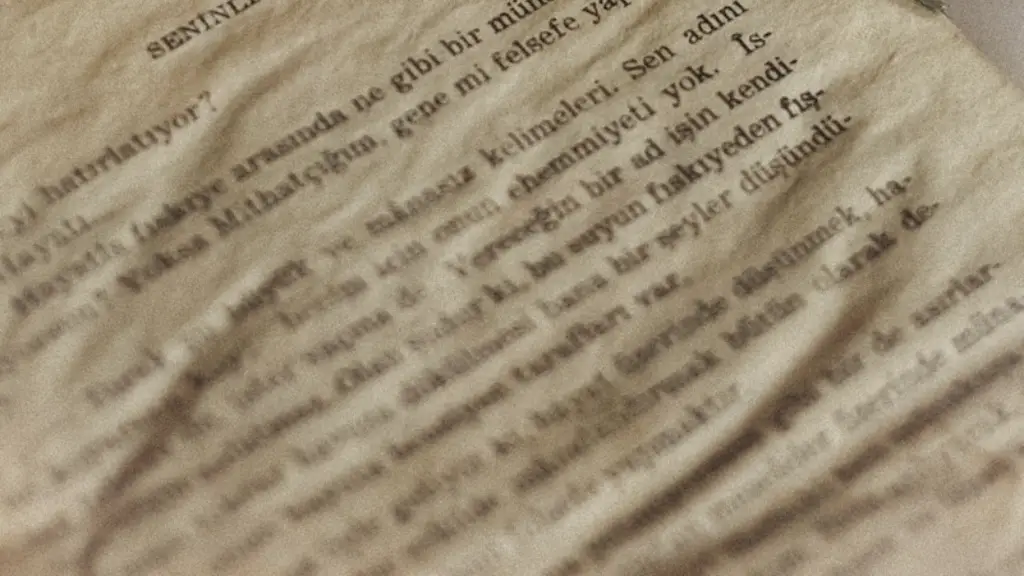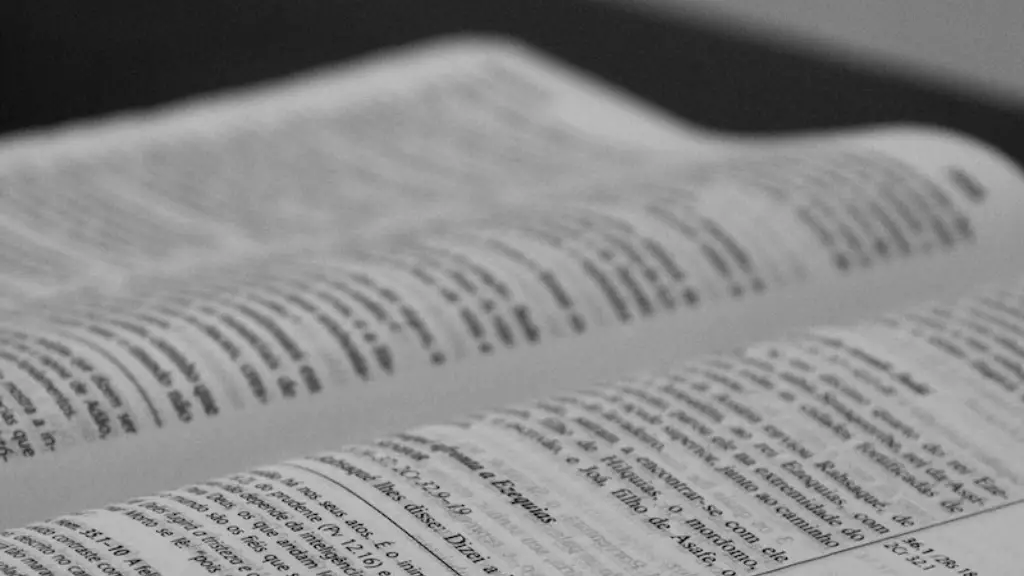Emily Dickinson is known for her innovative use of poetic form and her exploration of the imagination. She frequently employs figurative language, such as metaphors and similes, to create vivid images that contribute to the emotional impact of her poetry. In addition, Dickinson often uses unconventional syntax and grammatical constructions to create a sense of immediacy and to emphasize particular words or phrases.
Emily Dickinson uses a variety of poetic devices in her poetry, including metaphors, similes, personification, and hyperbole.
What is Emily Dickinson poetic style?
Emily Dickinson was an American poet who was known for her use of slant-rhyme, conceits, and unconventional punctuation. She was also known for her reclusive habits and was part of a prominent Amherst, Massachusetts family.
Literary Devices in Poetry:
Poetic devices are used to enhance the meaning of a poem and to create a more poetic or evocative effect. Some of the most common poetic devices include:
Anaphora: Repeating the same phrase at the beginning of each line.
Conceit: An extended metaphor.
Apostrophe: Addressing someone or something that is not present.
Metonymy: Referring to something using a word that is associated with it.
Synecdoche: Referring to a part of something to represent the whole.
Enjambment: When a sentence or phrase runs on from one line of poetry to the next without a break.
End-Stopped Lines: When each line of poetry ends with a natural pause, such as a full stop, comma, or semicolon.
Zeugma: Using one word to refer to two or more things.
Repetition: Repeating a word, phrase, or line for emphasis or to create a musical effect.
What are the main features of Emily Dickinson’s poetry
Emily Dickinson was a keen observer, and she used images from nature, religion, law, music, commerce, medicine, fashion, and domestic activities to probe universal themes. She was particularly interested in the wonders of nature, the identity of the self, death and immortality, and love. Her writing is characterized by its use of simple, direct language and its focus on the inner life of the individual.
Dickinson uses personification to convey how death is like a person in her poem “Because I could Not Stop for Death” This is shown when she conveys how death waits for her. death is often personified in literature, as it is seen as an unstoppable force. This usage of personification allows Dickinson to show how death is patient and how it will eventually catch up to everyone.
What is the theme and imagery in Emily Dickinson?
Emily Dickinson is one of the most renowned poets of her time. She dealt with various themes in her poetry, which made her work stand out among other writers. Themes such as nature, love, pain and suffering, death and immortality, God and religion, artistic philosophy, universality and so on. These are just some of the topics that she often tackled in her poems. What made her work even more special is the fact that she was able to go through the depth of humane psyche to the profundity of nature.
In “I Died for Beauty,” Emily Dickinson uses an allegorical approach to explore the idea of self-sacrifice. The poem centers on two characters who have died for different reasons: one for beauty and one for truth. The character who died for beauty is content in their afterlife, while the character who died for truth is still searching for answers. This ultimately leads the latter character to ask the former character why they chose to die for something as fleeting as beauty. The answer they receive is that beauty is worth dying for because it is eternal. This allegorical poem speaks to the idea that beauty is something that is worth sacrificing for, even if it means giving up your life.
What is the most used poetic device?
Alliteration is one of the most important poetic devices because it helps to create a rhythm and melody in a poem. This is done by repeating the sound or letter in the first syllable of a word. Alliteration is considered as the oldest poetic tool and is generally used for two or more words in a poem.
A metaphor is a figure of speech in which one thing is described as being another thing, typically in order to make a comparison between the two. Metaphors are often used in poetry in order to create a vivid image or to convey a complex idea.
What are the poetic devices used in the poem any woman
The poet uses a lot of metaphors in this poem to describe different aspects of her life. For example, she uses the metaphor of a pillar to describe how important her husband is to her. She also uses the metaphor of a keystone to describe how she is the foundation of her family. Additionally, she uses the metaphor of fire upon hearth to describe how her husband warms her heart. Lastly, she uses the metaphor of light at the end of the tunnel to describe how her husband is her ray of hope.
There is no denying that Emily Dickinson was a unique poet who addressed common themes in her work in a different way than her contemporaries. Scholars have long recognized this fact and have studied her work extensively. What makes Dickinson’s work so interesting is the way she was able to take these common themes and give them new meaning. Her poetic style was unlike anything that had been seen before and she continues to be one of the most celebrated poets of her time.
What is the overall tone of Emily Dickinson’s poetry?
Emily Dickinson is a unique poet who writes in a few different tones. She has poems about death and suffering that are quite pessimistic and depressing, very dark and gloomy. But she also has some poems that read like tiny essays with a cognition above and beyond all other poets. These different tones make her a versatile and interesting poet to read.
Dickinson artfully uses symbols such as a child, a field of grain, and a sunset to establish the cycle of life and its different stages. By using a child, Dickinson is able to show the innocence and purity of life. The field of grain is a symbol of growth and fertility, while the sunset is a symbol of the passing of time. Dickinson utilizes the example of the busyness of the speaker and the death of the sun to establish the inevitability of death. By showing the busyness of the speaker, Dickinson is able to show how life can be so hectic that we often forget about death. The death of the sun is a symbol of the end of life.
What literary devices are in because I couldn t stop for death
Dickinson uses many literary devices in ‘Because I could not stop for Death’. These consist of personification, alliteration, enjambment, and allusion. Personification is when an inanimate object is given human characteristics. Alliteration is the repetition of a sound at the beginning of multiple words in a phrase. Enjambment is when a sentence is continued on to the next line without any punctuation. Allusion is a reference to a famous person, event, or piece of literature.
Dickinson makes use of several literary devices in ‘Because I could not stop for Death’. These include but are not limited to alliteration, allusion, personification, and enjambment. All of these devices contribute to the poem’s theme of death being a natural part of life. The alliteration emphasizes the speaker’s casual attitude towards death, while the allusion and personification give death humanity and a semblance of kindness. The enjambment creates a sense of forward momentum, suggesting that death is always moving forward, even when we are not.
What poetic device is used in Because I could not stop for Death?
Dickinson uses personification to lend human qualities to Death and Immortality. Death and Immortality are concepts, not people, but in her poem, Dickinson makes them act like people by having them drive and/or ride in a carriage. This makes the poem more relatable and interesting, as we can see death as a person instead of an abstract idea.
In poetry, an image is a word or phrase that creates a mental picture or similarity in the reader’s mind. Imagery includes the use of literal, concrete, and sensory language to create an emotional or mental reaction in the reader. It can also be used to create mood, atmosphere, or to emphasize a particular point.
Conclusion
Emily Dickinson is known for her unique and often enigmatic poem style. While her early poetry was largely traditional, later in her career she began to experiment with a range of different poetic devices. These included ellipsis, metonymy, personification, and enjambment.
In conclusion, Emily Dickinson uses a variety of poetic devices to create her unique style of poetry. Some of these devices include meter, rhyme, and imagery. By using these devices, Dickinson is able to create a style of poetry that is both moving and memorable.
